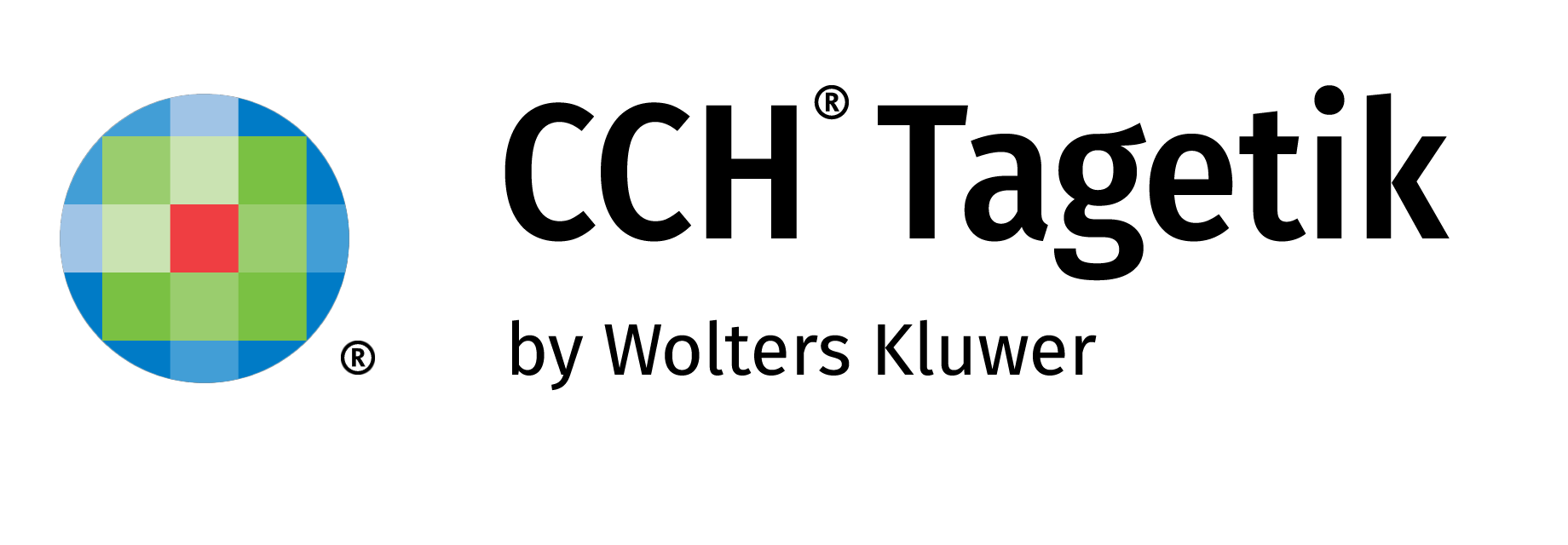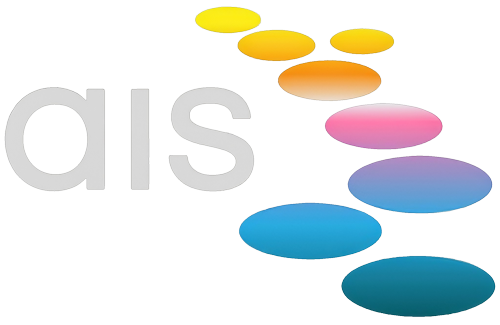CCH Tagetik for Faster Close — Systems That Help
Let the platform lift while your team steers (cape not included).
The old way asks spreadsheets to behave like systems—manual checks, email approvals, and paste-and-pray disclosures. The new way centralises workflow, validations, and evidence so consolidation becomes repeatable and pleasantly boring. In this playbook we’ll show how CCH Tagetik reduces close days, cuts rework, and keeps notes aligned with controlled numbers. You’ll see where systems add leverage, how to roll out fast, and what to measure so the benefits stick after month one.
Day-in-the-life: spreadsheets vs CCH Tagetik
Spreadsheets world: Entities email TBs; mapping lives in tabs; intercompany is screenshots; FX rates arrive via attachments; approvals hide in inboxes. Disclosures lag the numbers, and audit trails resemble treasure hunts (maps not included).
System world with CCH Tagetik: Standard TB templates validate at load, intercompany balances match by counterparty, stamped rate packs drive translation, journals require evidence, and approvals leave timestamps. A cockpit shows status by entity and task; disclosures link to controlled cells so late topsides don’t break your notes.
So what? Centralising checks and evidence turns detective work into a routine—Day 0 becomes consolidation, not archaeology.
Outcomes table: manual vs CCH Tagetik
| Area | Manual approach | CCH Tagetik outcome |
|---|---|---|
| TB load & mapping | Email files; VLOOKUP gymnastics | Template + validations + reusable mappings in CCH Tagetik |
| Intercompany | Late surprises; screenshot “proof” | Matching, owners, dispute lane in CCH Tagetik |
| FX translation | Ad-hoc rates; unclear CTA | Stamped pack + CTA walk in CCH Tagetik |
| Approvals & audit | Email trails; missing evidence | Workflow, attachments, logs in CCH Tagetik |
So what? The platform replaces manual toil with visible controls—and reviewers finally see the wood for the trees.
Capability → outcome map with CCH Tagetik
| Capability (plain English) | Practical outcome | Related playbook |
|---|---|---|
| Close cockpit & task workflow | Owners, SLAs, fewer status meetings | workflow cockpit |
| IC matching & confirmations | Breaks resolved pre-close; Day −1 settlement | intercompany playbook |
| FX packs & translation rules | Consistent methods; explainable CTA | FX guide |
| Linked disclosures & redlines | Numbers-to-narrative stays in sync | disclosure management |
So what? Map features to outcomes first; configuration follows the work, not the other way round.
Platform helps: where CCH Tagetik shines
- One governed model: Consolidation, IC, FX, and disclosures share dimensions—less reconciliation.
- Evidence on entry: Journals require attachments; approvals leave a clean audit trail (future-you cheers).
- Period-specific ownership: Step-ups/downs by effective date; NCI stays tidy without heroic spreadsheets.
- Human-friendly nudges: Cockpit tiles escalate on ageing and materiality, not vibes.
- Numbers → narrative: Linked notes update when late topsides post—no midnight re-types.
So what? You get speed and control together—no trade-off required.
Before vs After: five CCH Tagetik switches
- From email uploads → governed TB templates with validations at load.
- From IC debates → counterparty-confirmed balances with owners and SLAs.
- From ad-hoc FX → a stamped rate pack and standard translation rules.
- From free-text journals → standard types + evidence with threshold routing.
- From paste-and-pray → linked disclosures with redlines and one-click compile.
Make these switches and CCH Tagetik pays for itself in fewer restatements and calmer closes (smiles optional but likely). So what? Systems win by reducing variability.
30–60–90 plan with CCH Tagetik
Days 0–30 — Stabilise: Stand up the close cockpit with task owners and SLAs. Roll out the TB template with code/rate checks. Publish the stamped rate pack and archive. Pick two KPIs: % tasks on time and upload error rate. Pilot with two entities (vintage is great for wine, not ledgers).
Days 31–60 — Streamline: Enable intercompany matching and Day −1 confirmations. Introduce standard journal types with required evidence and threshold routing. Add the CTA walk. Link the top 20 numeric references in disclosures to controlled cells—tie commentary to your close acceleration playbook.
Days 61–90 — Scale: Activate period-specific ownership and hierarchy versioning; configure step-up/step-down routines. Extend cockpit and validations to all entities. Move disclosures to one-click compile with redlines and a reopen protocol. CCH Tagetik now runs the rails; you run the decisions.
So what? Three sprints convert features into measurable outcomes across the group.
Metric that matters
Variance between dry-run (Day −2) and final close. Track count and absolute value of changes, split by root cause (IC, FX, journals, mapping). Pair with % on-time tasks and journal approvals with evidence. As CCH Tagetik beds in, variance shrinks, on-time rises, and review queues shorten. If the KPI stalls, tune validations and check IC and rate-pack routines first.
Design the rails, then let the system run the train.
Adopt governed templates, centralise intercompany and FX, and keep evidence with entries. Use the cockpit for decisions, not decoration; link notes to controlled cells so last-mile edits don’t bite. With CCH Tagetik configured this way, the close becomes predictable—and your evenings become yours again.

